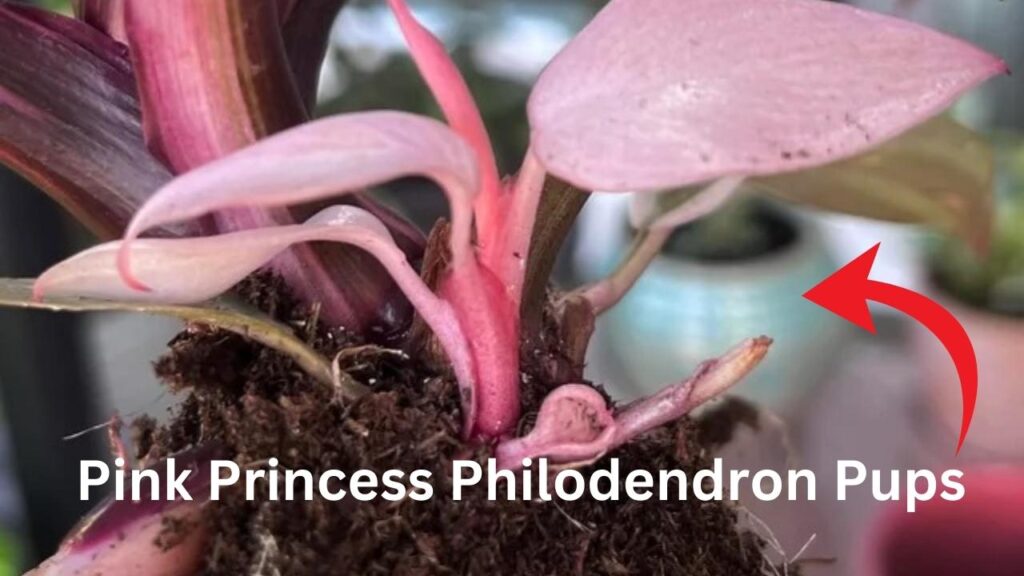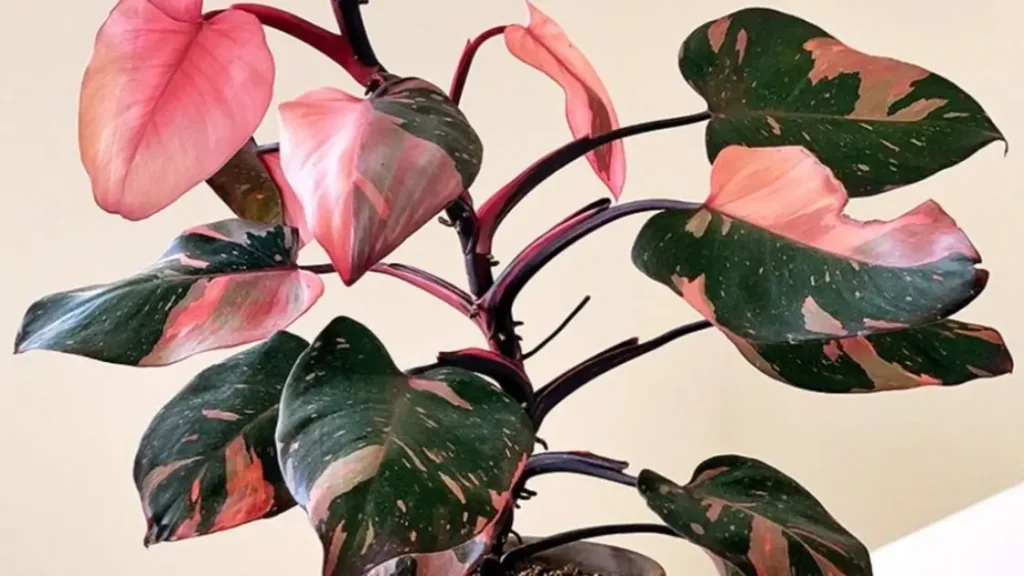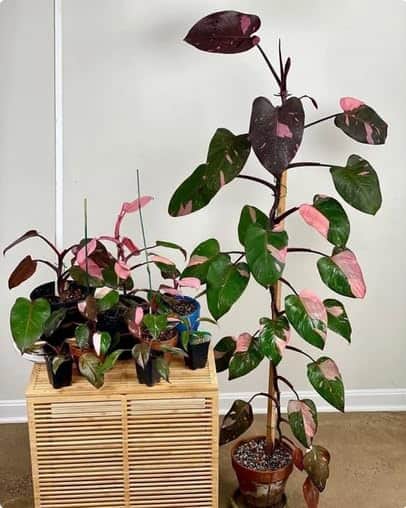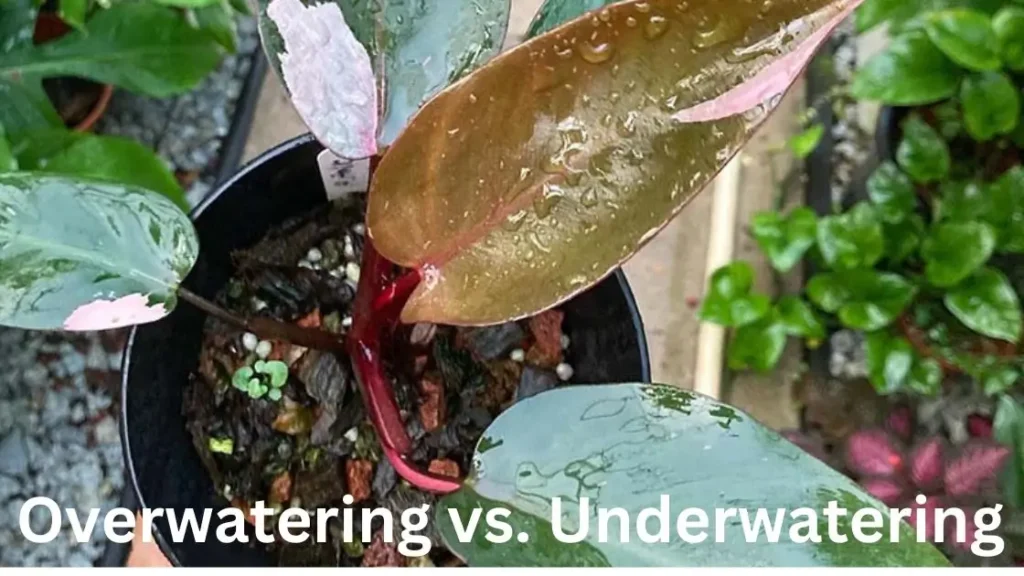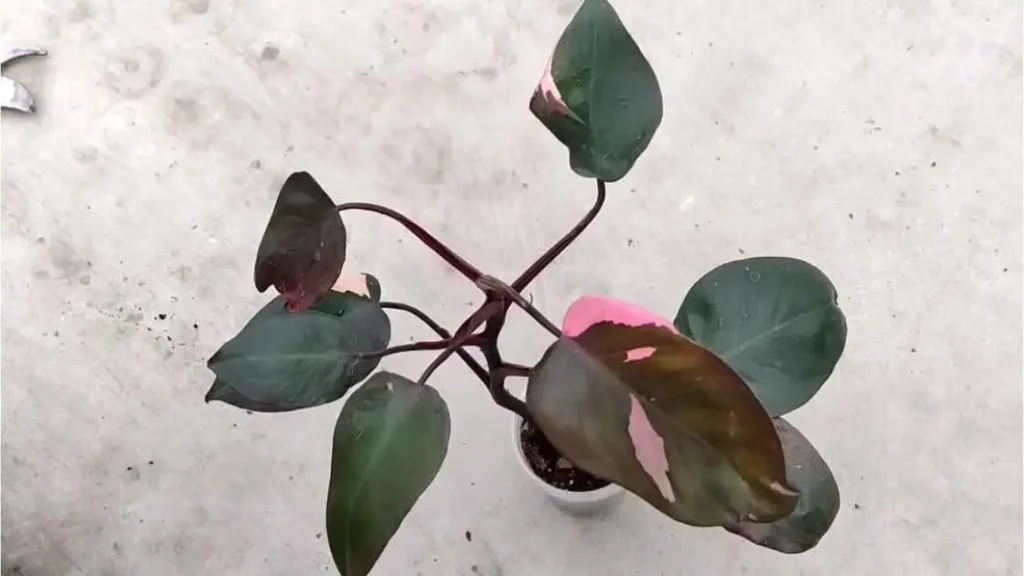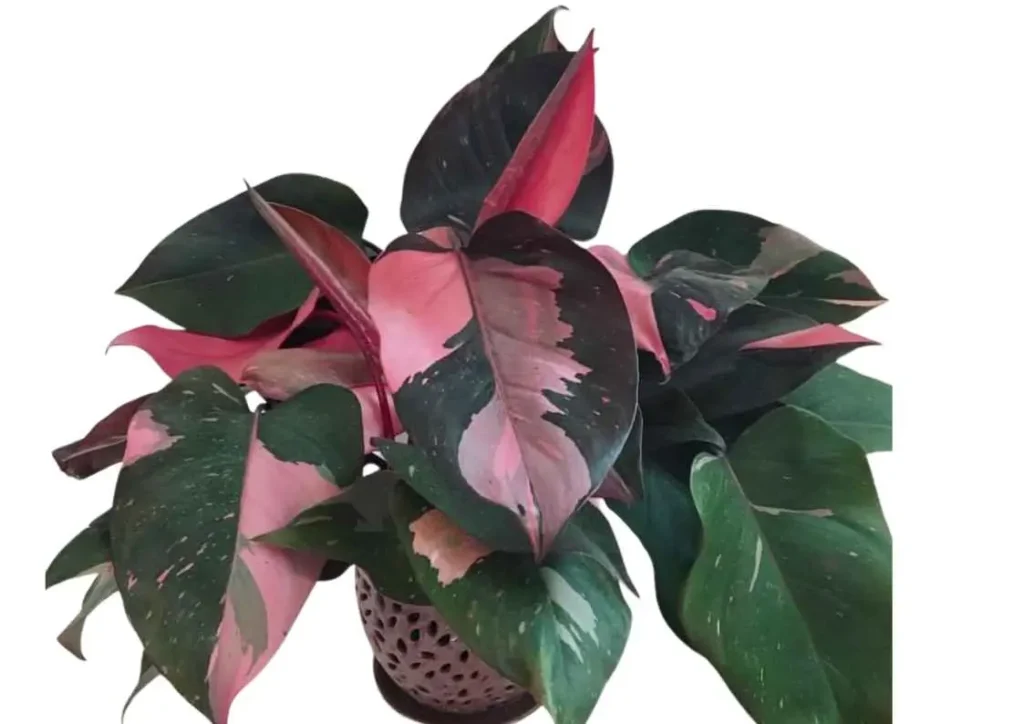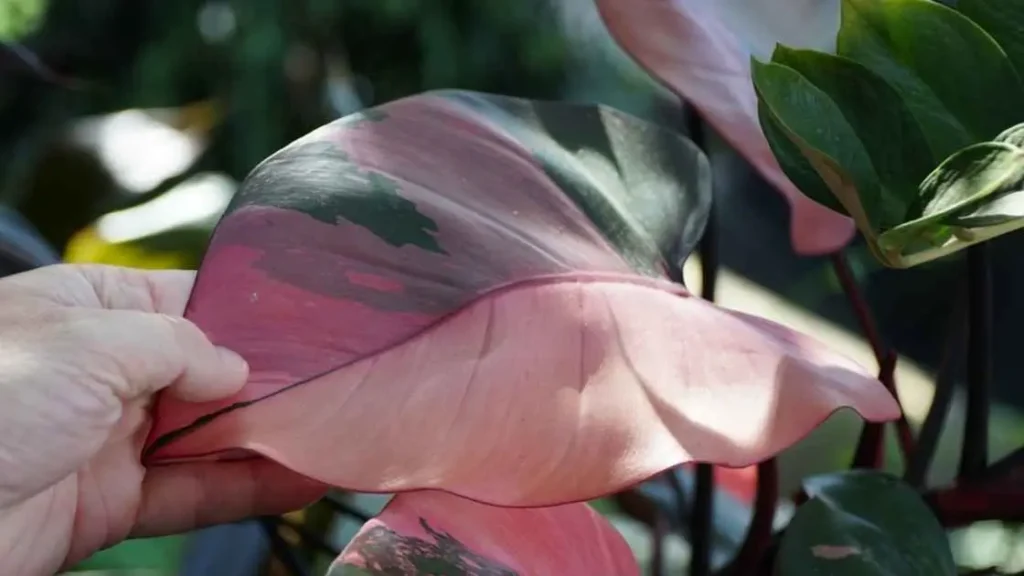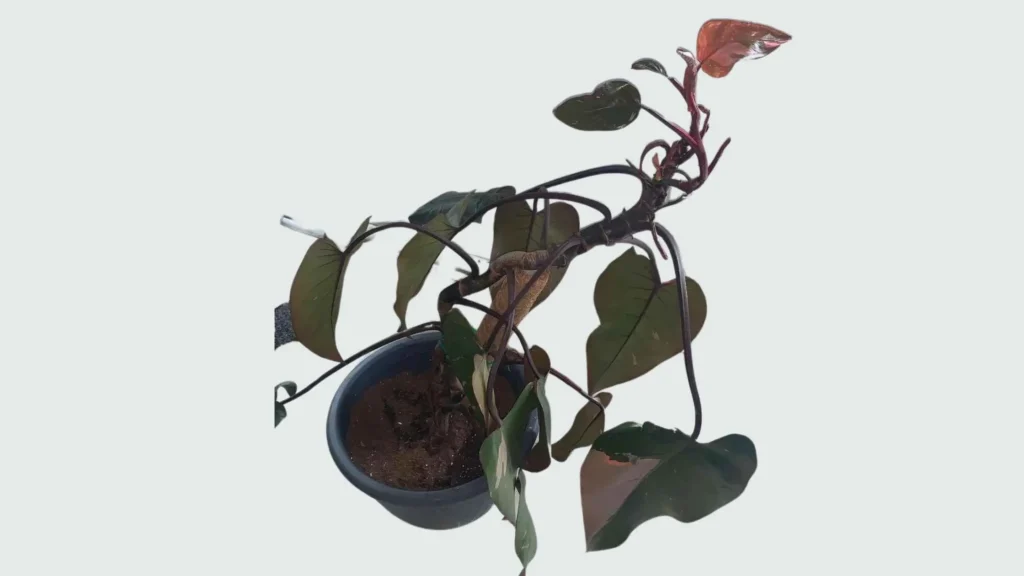Table of Contents
ToggleWhen I first got a Pink Princess Philodendron, I was amazed by its pink and green leaves. It felt like I had brought home a living piece of art. But soon, I learned that keeping that bright pink color wasn’t as easy as just watering it. The secret, as I found out, is all about the light.
Light isn’t just energy for plants; it’s the key to those beautiful pink shades that make the Pink Princess special. If the plant gets too little light, it might turn mostly green. It’s still nice, but not as eye-catching. If it gets too much direct sunlight, the leaves might burn. So, where’s the perfect balance? That’s what we’ll explore today—how to find the right light to keep your Pink Princess Philodendron looking its best.
Ideal Light Conditions for Pink Princess Philodendron
Finding the right light for your Pink Princess Philodendron can be tricky. It needs just the right amount—not too much and not too little. The best light is bright but indirect. This means placing it near a window where the sun’s rays don’t directly hit the leaves but the area is still well-lit. Imagine sitting by a sunny window with the curtains drawn—it’s cozy and warm, but not too bright.
If you want to be precise, you can use a light meter. Aim for 1000 to 2500 lux. This range keeps the pink color bright without burning the plant. If the pink starts to fade or the plant looks thin, try moving it closer to the light. Just be careful not to give it too much direct sunlight, as this can cause brown spots on the leaves.
Rotating the plant every few weeks also helps. This ensures that all sides get enough light, keeping the plant full and even. If you use artificial lights, choose ones that mimic natural sunlight. LEDs designed for plants are great, especially in winter when the days are shorter.
Effects of Inadequate Lighting
Let me tell you about the time I didn’t give my Pink Princess enough light—it wasn’t good. At first, I thought I’d picked the perfect spot. But after a few weeks, I noticed the bright pink leaves were turning green. That’s when I realized the plant wasn’t getting enough light.
When your Pink Princess doesn’t get enough light, the first thing you’ll see is a loss of the pink color. The leaves start turning more green because the plant focuses on survival, not looks. It’s like the plant is saying, “I need to survive, so goodbye pink, hello green.” You might also notice slow growth and long, thin stems reaching for light. If your plant is leaning toward the window, it needs more light.
But too much light isn’t good either. Once, I got too excited and put my Pink Princess right by a sunny window. Big mistake. The leaves ended up burned, with crispy brown edges that were tough to trim. The lesson? Balance is key. Don’t go to extremes—aim for steady, consistent light. If you see these signs, it’s time to rethink your plant’s light. Move it to a better spot and give it some time. With the right care, it should recover.
Adjusting Light for Different Seasons
One thing I’ve learned over the years is that seasonal changes can throw a wrench in your plant care routine, especially when it comes to light. During the summer, my Pink Princess thrives in a bright spot near an east-facing window, basking in the morning sun and then enjoying filtered light for the rest of the day. But as winter rolls around, things get a bit trickier.
With shorter days and less intense natural light, I’ve found that my plant needs a little extra help. This is where grow lights come into play. If you live in an area with long, dark winters like I do, investing in a good LED grow light can make all the difference. Position the light about 12-18 inches above the plant, and leave it on for about 10-12 hours a day to mimic the longer daylight hours of summer.
Another trick I use is to move my Pink Princess closer to the window as the days get shorter. Just be mindful of drafts—cold air can be just as harmful as lack of light. And if you’re lucky enough to have consistent sunlight year-round, consider yourself blessed! Just remember to adjust the plant’s placement based on the intensity and angle of the sun as the seasons change.
Placement Tips for Optimal Growth
When finding the perfect spot for your Pink Princess Philodendron, location is key. I’ve tried different places in my home, and here’s what works best.
East or west-facing windows are ideal. They offer bright, indirect light throughout the day without harsh midday sun that can harm the leaves. If you have a south-facing window, place your plant a few feet back or use a sheer curtain to soften the light. This setup gives your plant the brightness it needs without the risk of leaf scorch from direct sunlight.
Another helpful tip is to use reflective surfaces. I’ve placed a small mirror behind one of my Pink Princess plants to bounce light back onto it. This helps it grow more evenly. White or light-colored walls can also reflect light, brightening the room without major rearrangements.
Don’t forget about height. Putting your plant on a stand or shelf near the window can help it get more light, especially if furniture blocks the lower part of the window. Be sure to rotate the plant regularly to ensure all sides get even light. This way, your Pink Princess will stay lush and evenly colored.
Troubleshooting Common Light-Related Issues
Even with the best intentions, things can go wrong. I’ve faced my share of light issues with my Pink Princess, and here’s what I’ve learned.
If your plant’s leaves turn yellow, it might be getting too much direct sunlight or not enough light at all. I had this issue when I moved my plant closer to a window, not realizing the light was too strong. The fix? Move it back a bit or add a sheer curtain to soften the light.
Another common problem is losing the pink color. If your plant is turning more green, it’s not getting enough light. When I saw this, I moved my plant to a brighter spot. After a few weeks, the pink started to return. Be patient—changes take time to show.
If the leaves start curling or develop brown edges, it’s usually a sign of too much light or heat. The solution is to move it to a spot with less direct exposure. Remember, light issues can often be fixed with some trial and error. Don’t be afraid to try different spots until you find what works best.
Maintaining Perfect Lighting for Long-Term Health
Caring for a Pink Princess Philodendron is rewarding, especially when those pink leaves thrive. The key to keeping that pink color bright and the plant healthy is getting the light just right. Whether you use natural sunlight or grow lights, consistency is essential. Keep an eye on your plant, adjust its position if needed, and give it time to react to changes.
Every plant is different, so don’t be afraid to try different light levels until you find what works best for your Pink Princess. With the right light, your plant will not only survive but also flourish, becoming the star of your indoor garden. Happy growing!
FAQs
How much light does a Pink Princess Philodendron need?
The Pink Princess Philodendron thrives in bright, indirect light. Aim for a spot where it receives 1000 to 2500 lux of light, which is enough to maintain its vibrant pink color without causing damage.
Can a Pink Princess Philodendron tolerate low light?
While it can survive in low light, a Pink Princess Philodendron will likely lose its pink coloration and turn more green. For the best color, provide bright but indirect light.
What happens if my Pink Princess gets too much direct sunlight?
Too much direct sunlight can cause the leaves to burn, leading to brown, crispy edges. It’s best to place the plant near a window with filtered light or use a sheer curtain to diffuse the sunlight.
Do I need to adjust the light during different seasons?
Yes, during winter, when natural light is reduced, consider using a grow light or moving your plant closer to a window. In summer, ensure it’s protected from intense direct sunlight by placing it a few feet away from the window or using curtains.
How can I restore the pink color if it fades?
If the pink color fades, your plant likely needs more light. Gradually move it to a brighter spot with indirect light, and be patient as it can take weeks for the color to return.
Related
Discover more from Pink Philodendron
Subscribe to get the latest posts sent to your email.


